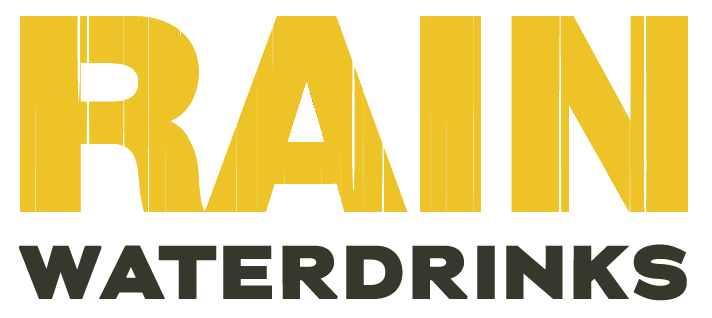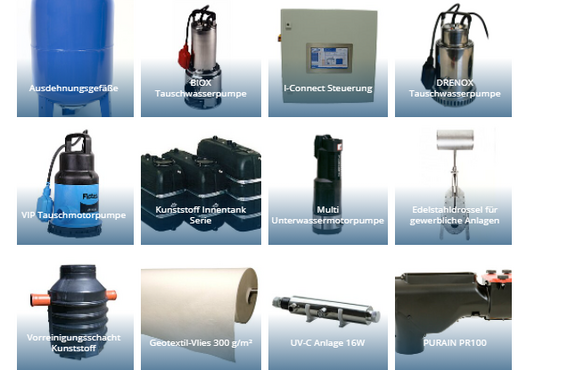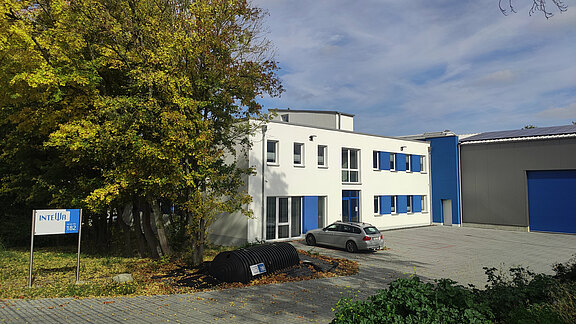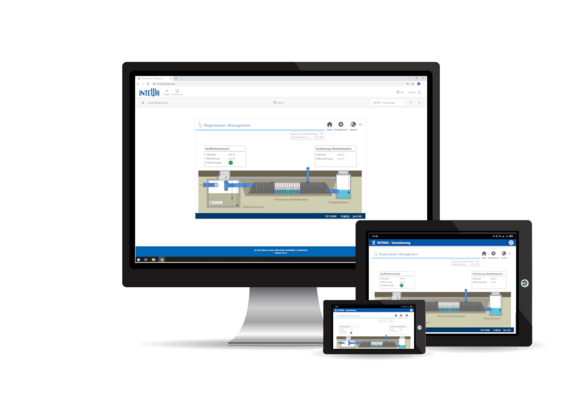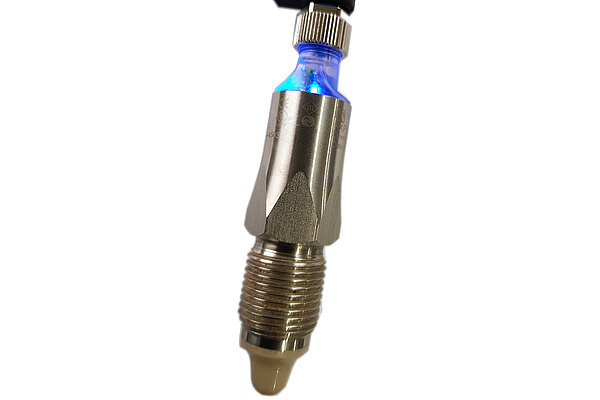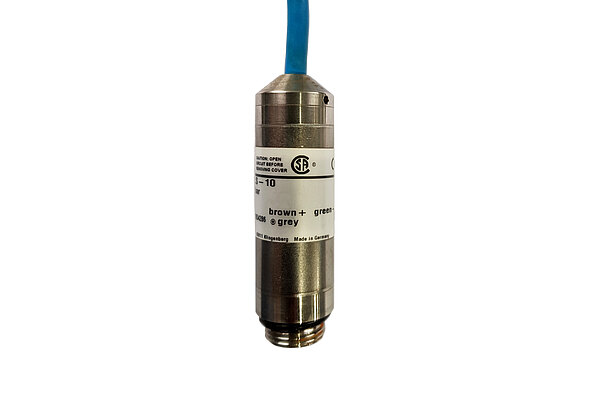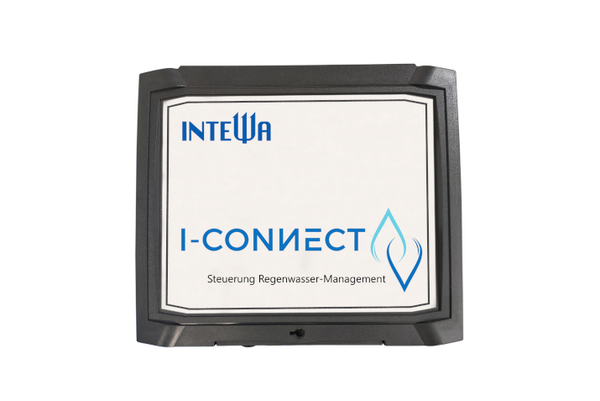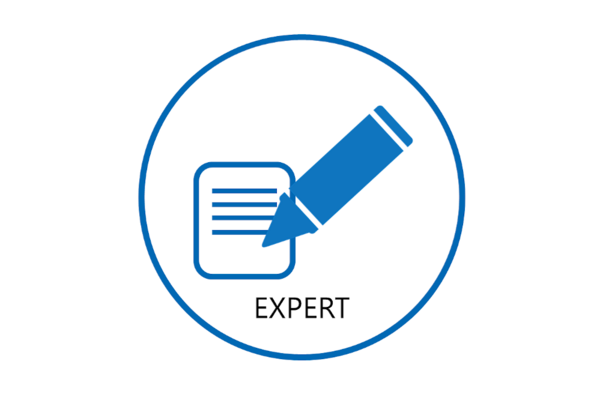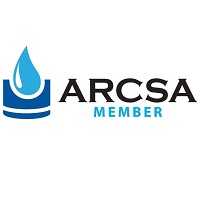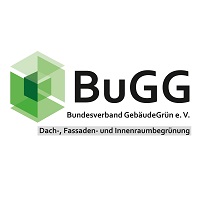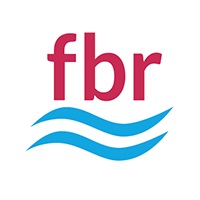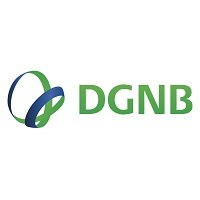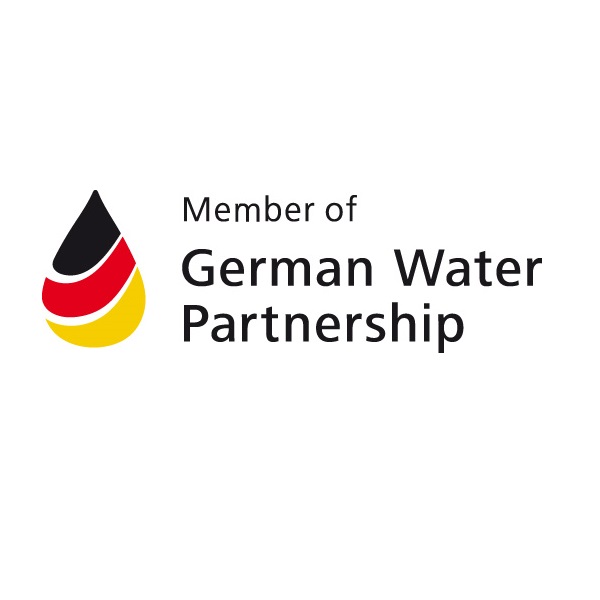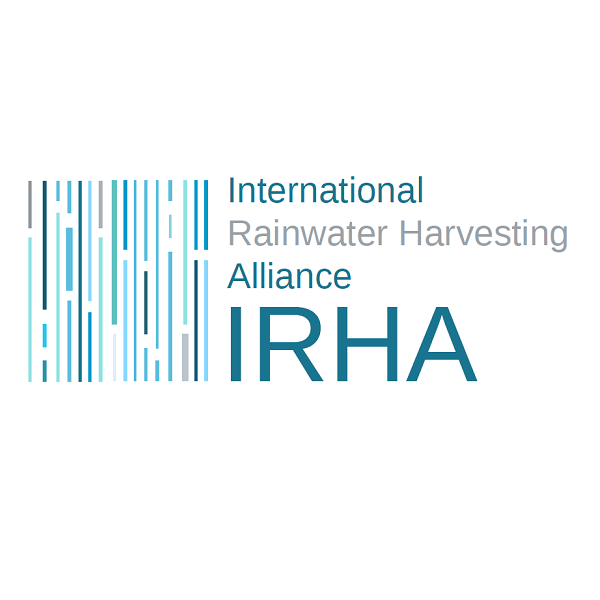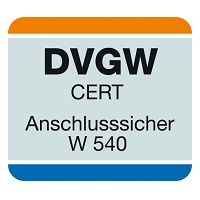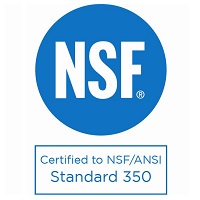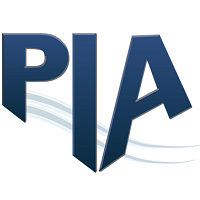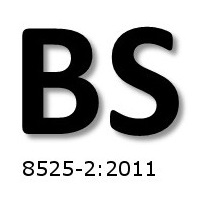Infiltration trenches become digital
In order to be able to remotely maintain the vault systems, they are equipped with sensors that supply the data to a central control unit, the I-CONNECT control. From there, the data is transferred to the INTEWA cloud server via a secure internet connection. Via the I-CONNECT application, the system operators can now view all data such as the infiltration rate, sludge level and filter flow of their system online and are informed of any maintenance requirements.
Every stormwater management system must be monitored every six months as a rule without monitoring and includes the following measures:
- Check sedimentation and filter shaft for sludge content using dipstick
- Checking the sedimentation and filter shaft for leaks
- Check pre-filter for flow and contamination
- Check throttle discharge for free movement, contamination or blockage
- Checking the discharge capacity of the infiltration trench is only possible with I-CONNECT.
This check usually has to be carried out by two employees, which results in high and unnecessary costs. To solve this problem and save unnecessary costs for the operator, INTEWA has developed the new INTEWA CONNECT technology, which can now monitor these systems remotely.
The discharge capacity of the infiltration trench
The water level sensor is simply positioned on the bottom of the inspection chamber. On the one hand, it determines the level in the infiltration trench. This can be of interest for statistical evaluations. The other, more essential function of this sensor is to determine the discharge capacity. For this purpose, the INTEWA CONNECT software continuously determines the change in water levels in the infiltration trench and uses this to calculate the rate of descent. If the rate of decline falls below a threshold value, this means that the infiltration capacity of infiltration systems has decreased due to sooting (clogging of the infiltration surface) or that the throttle drain of retention systems is blocked or jammed. The operator can then hire a maintenance company to flush the infiltration trench or maintain the throttle.
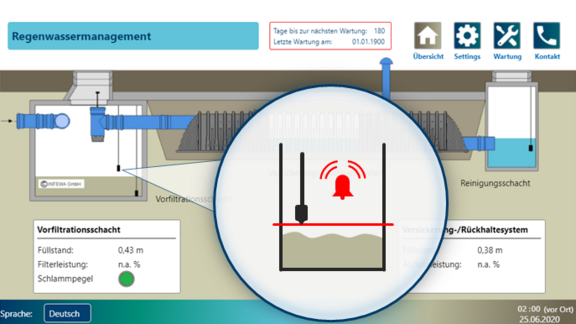
The sludge stand
Our sludge sensor for determining the sludge level detects different capacities of the surrounding medium via a frequency method. It thus reacts to changes in the density of the surrounding medium and can reliably detect sludge build-up. If the sludge level in the tank reaches a certain level, a signal is emitted and the operator is informed. The operator can then commission a maintenance company to extract the sludge.
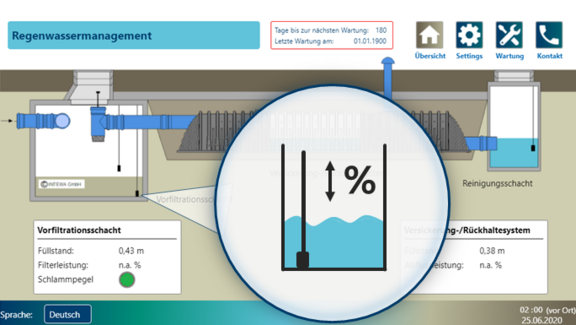
The filter flow and water level in the pre-cleaning shaft
This water level sensor is simply placed on the bottom of the pre-cleaning shaft. It determines the fill level and can thus also detect a leak in the shaft. If the water level in the tank falls below a predefined threshold, a signal is emitted and the operator is informed. The other more important function of this sensor is to determine the flow rate through the pre-filter. The INTEWA CONNECT software continuously determines the change in water level and the rate of descent. If the drop rate falls below a threshold value, this means that the filter flow is no longer sufficient and the pre-filter must be cleaned.

